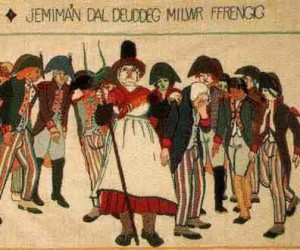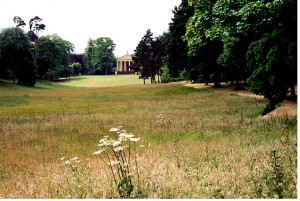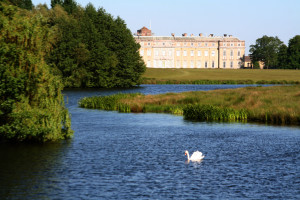Coming in June, PBS presents the new Poldark, and to put it mildly, I can’t wait. Here’s a preview.
 Starring the lovely and talented Aidan Turner (and some other people, but don’t worry about them too much), the series is based on the blockbuster novels by Winston Graham, set in Cornwall. And you know what that means–smugglers! Duels! Naked frolics in the surf! Tin mining! Brawls! Galloping about cliffs on horseback! Shirtless scything!
Starring the lovely and talented Aidan Turner (and some other people, but don’t worry about them too much), the series is based on the blockbuster novels by Winston Graham, set in Cornwall. And you know what that means–smugglers! Duels! Naked frolics in the surf! Tin mining! Brawls! Galloping about cliffs on horseback! Shirtless scything!
 Some of us who are ahem a little older may remember the 1975 version, starring Robin Ellis, who was also pretty hot, and one of my local PBS stations is repeating the series in all its faded melodramatic glory–the ultimate binge-watch: a show stuffed to the gills with people declaiming their love or damning people to hell. (Sarah Hughes, The Guardian.) One interesting detail, the scar has shifted from the right to the left of Poldark’s face (well, think about it. He’s been wounded by someone right handed, far more likely in an age where left-handers were literally beaten into compliance. Hence, the scar is on his left).
Some of us who are ahem a little older may remember the 1975 version, starring Robin Ellis, who was also pretty hot, and one of my local PBS stations is repeating the series in all its faded melodramatic glory–the ultimate binge-watch: a show stuffed to the gills with people declaiming their love or damning people to hell. (Sarah Hughes, The Guardian.) One interesting detail, the scar has shifted from the right to the left of Poldark’s face (well, think about it. He’s been wounded by someone right handed, far more likely in an age where left-handers were literally beaten into compliance. Hence, the scar is on his left).
And this new series. Oh boy. Yes, there was hot scything action last Sunday, and Sarra Manning (The Guardian) sums up our hero thus:
He’s part alpha male, part metrosexual, all combined in one HD-ready, smouldering package …He’s imbued with a social conscience, sees the heroine as an equal rather than a commodity to be conquered and possessed, and manages to do all this in a pair of pleasingly tight breeches without banging on about his feelings all the time. Reader, I’d marry him.
Me too. And for those of you who absolutely must take a look Aidan Turner’s pecs and so on, here’s an interview with pics where the actor confessed he took the role to pay the bills and describes how he achieved his impressive physique: Daily Mail.
What will we do until June? Easy. Watch Wolf Hall, and here’s a preview.
Do you remember the original Poldark? Are there any other tv series you’d recommend or that you anticipate?









